Rio Carnival 2018 second night: Glitzy parades tackle serious issues
Behind the ostrich feathers and sequins, the parades tackle serious matters such as crime, racism, poverty and LGBT rights.
Latin America's most famous carnival continued on Monday 12 February, with six more of Rio de Janeiro's elite samba schools parading through the specially-built Sambadrome in a dazzling display.
Although the processions are famous for their festive atmosphere, competition between samba schools is fierce. The parades are judged on elements such as choreography, atmosphere, organisation and singing.
Behind the ostrich feathers and sequins, the parades often tackle serious matters such as crime, corruption, drugs, poverty, racism, slavery and intolerance towards the LGBT community. IBTimes UK presents photos of each samba school's carnival parade.
9.15pm: Unidos da Tijuca

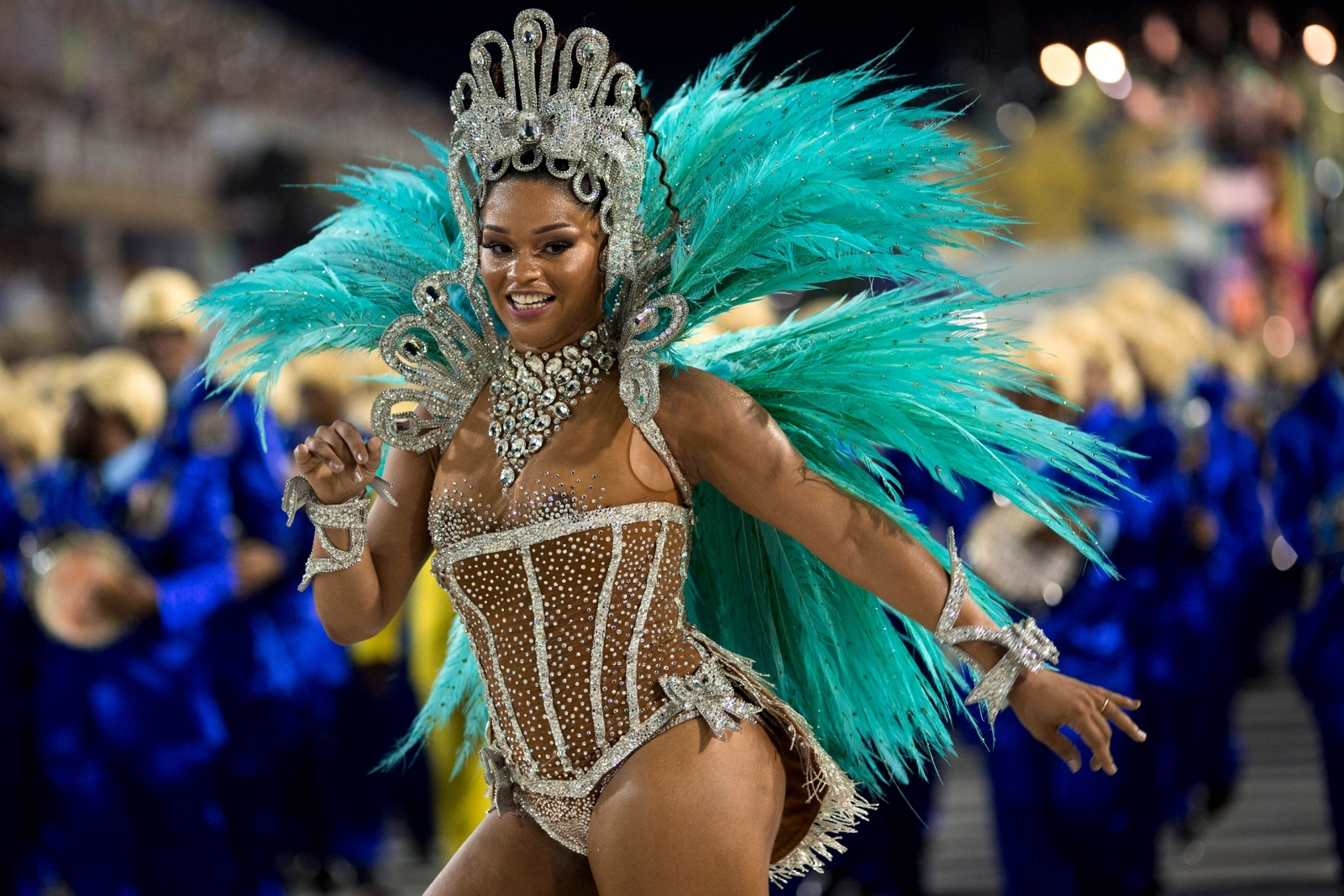







10.20pm Portela
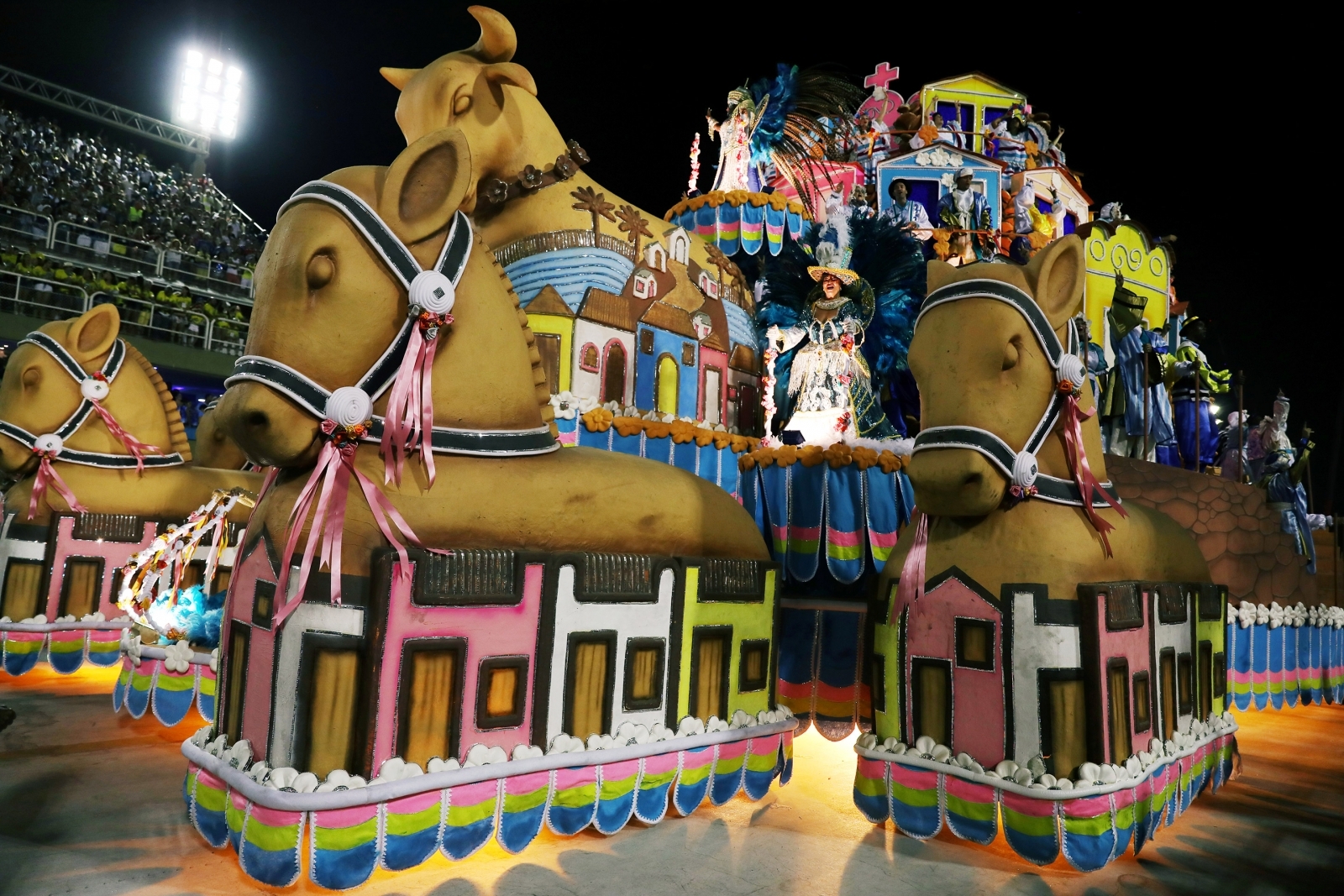






11.25pm: União da Ilha
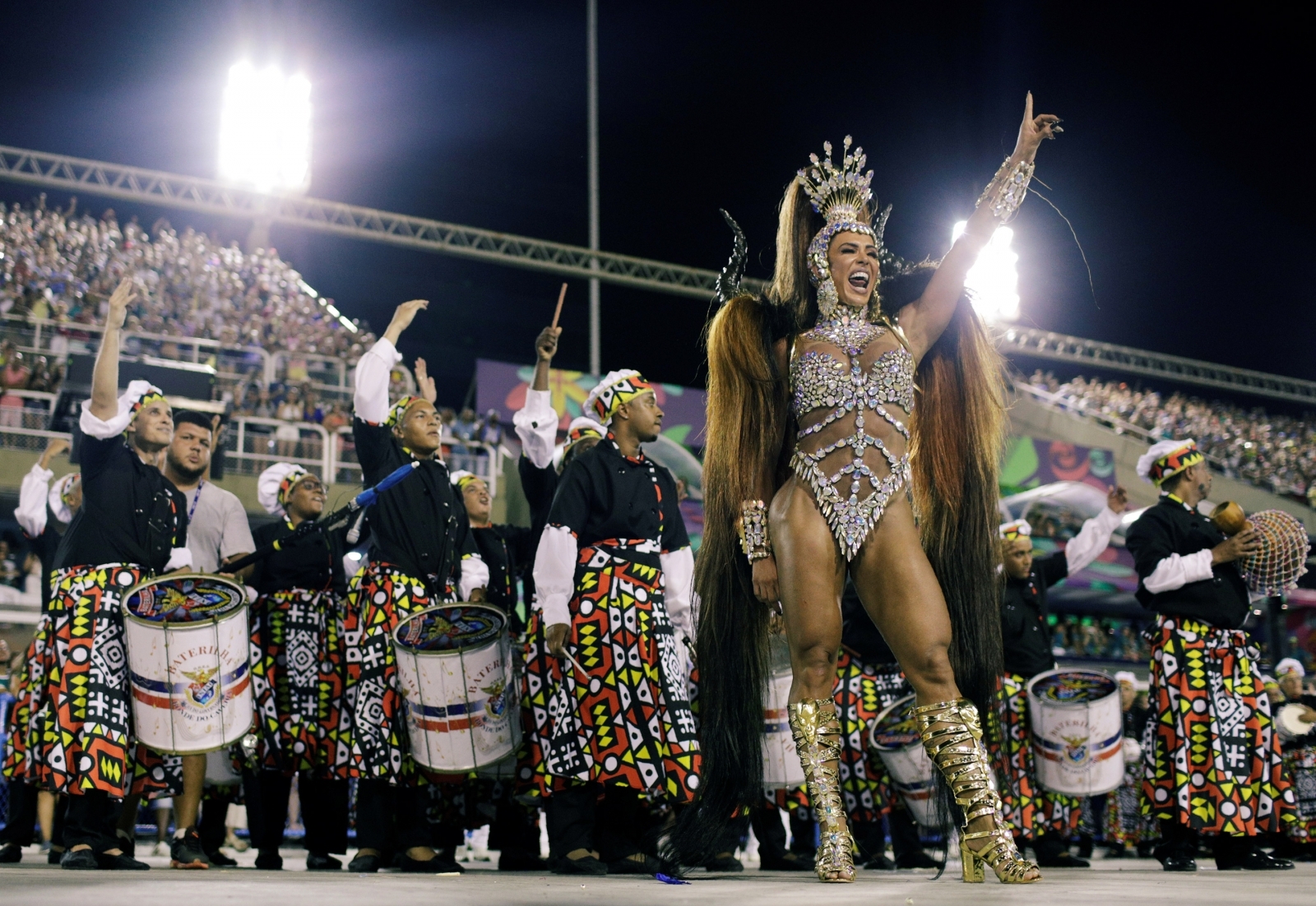






00.30am: Salgueiro


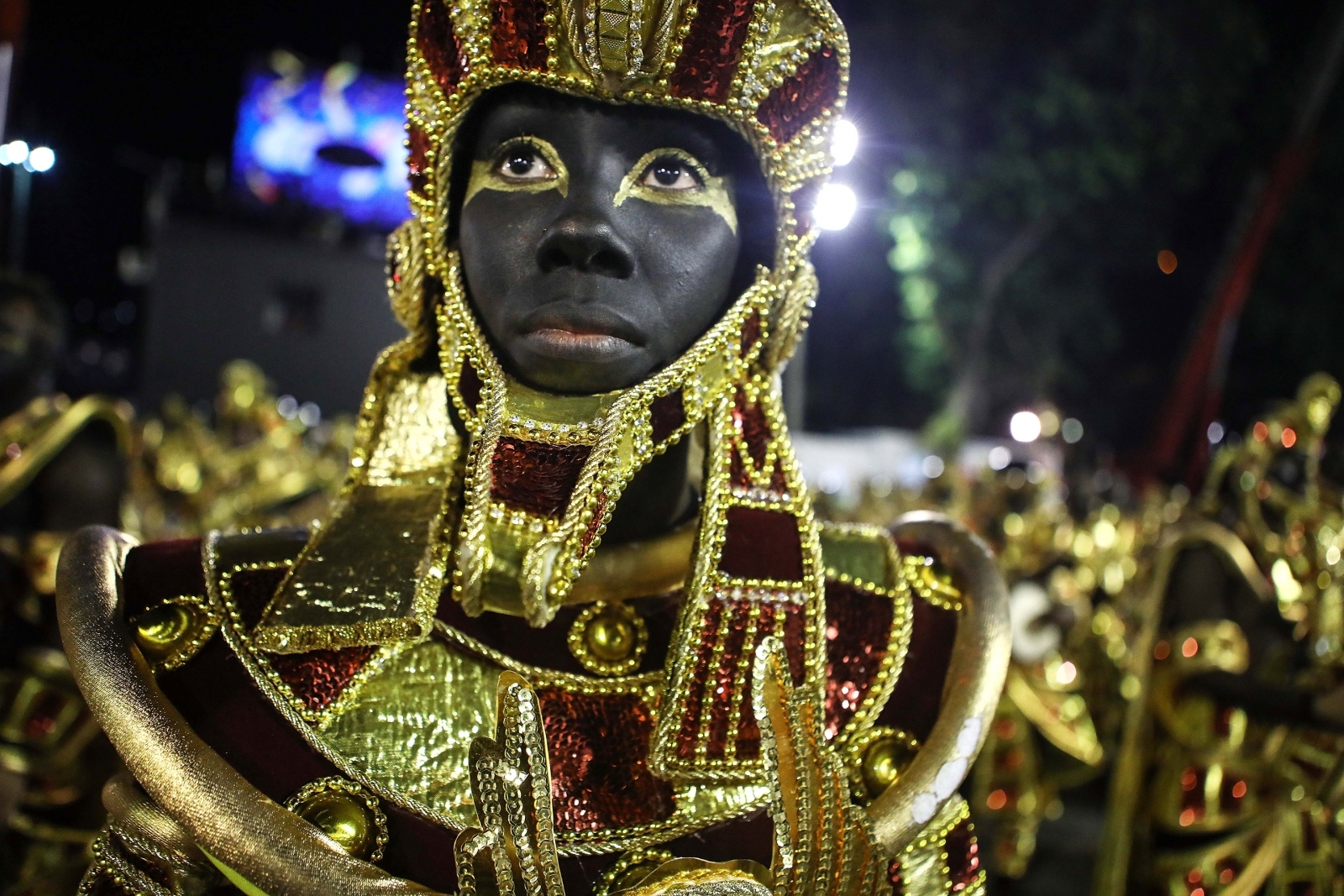








0.35pm: Imperatriz Leopoldinense




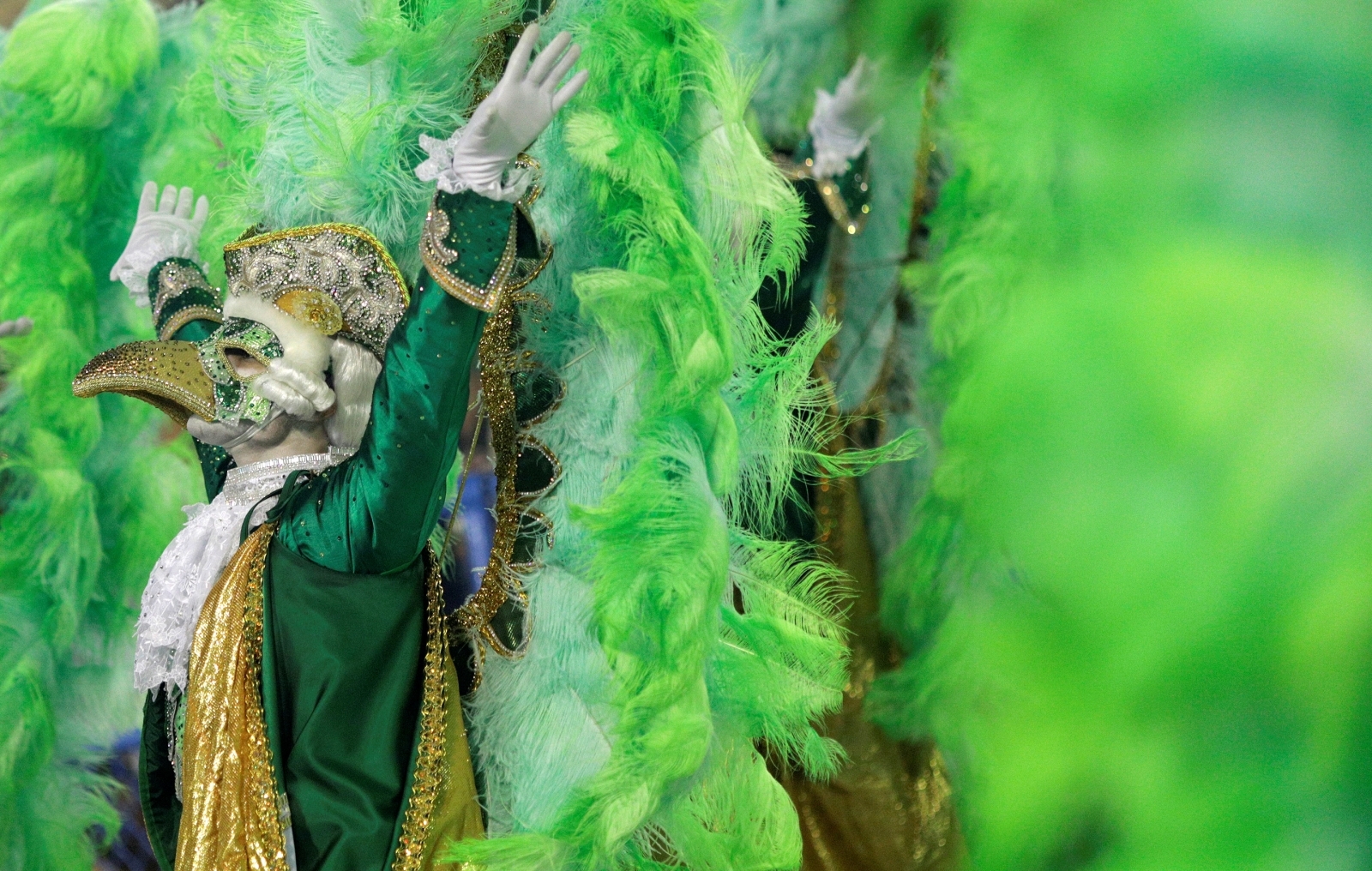



02.40am: Beija-Flor
Beija-Flor tackled gritty subjects such as crime, poverty, education, corruption and equality. The samba school's parade had a drag queen as its headliner. Pabllo Vittar has several videos with millions of hits on YouTube, including one, Todo Dia, that has attracted more than 216 million viewers.
Carnival has long been a place to celebrate sexuality and diversity. But Brazil also has some of Latin America's highest rates of violence against gay and transgender people, and Beija-Flor tackled intolerance against the LGBT community and others.


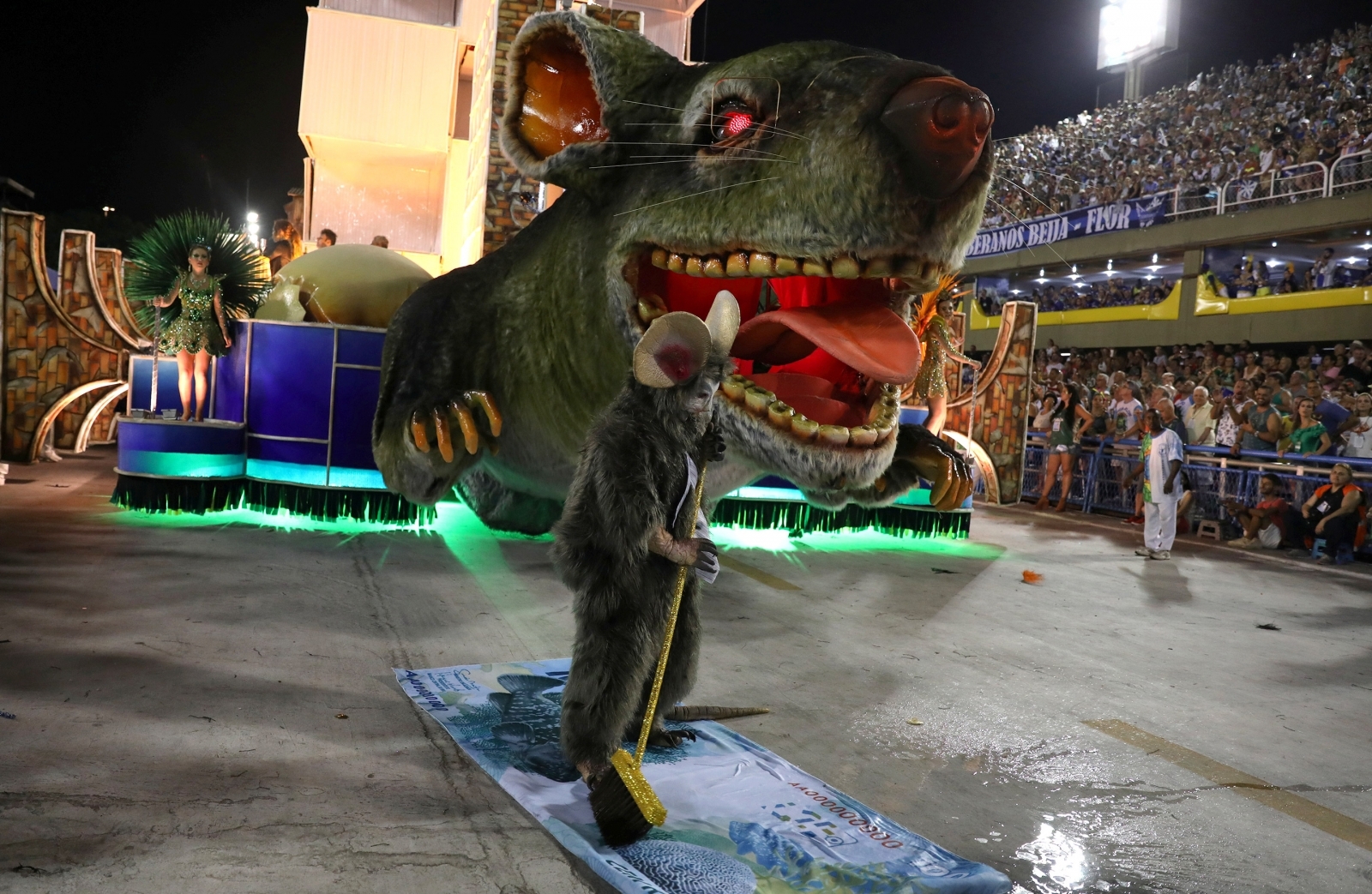







Now that all 13 schools have paraded, the judges will choose the best six, which will compete in the Champions' Parade on Saturday (17 February).
The weeks leading up to Ash Wednesday (14 February) see Carnival celebrations around the world, including Germany, Tenerife, Venice and Ivrea.






















